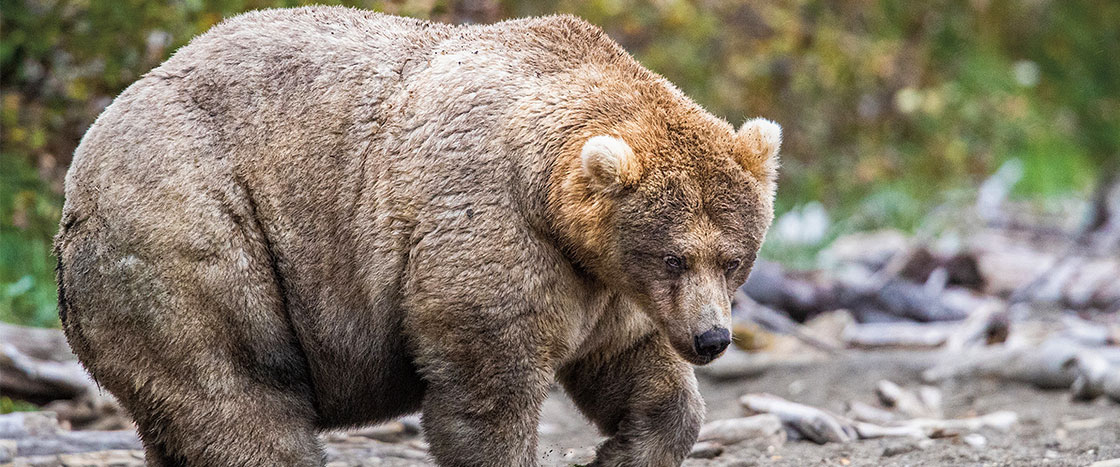The votes had been counted. A winner had been chosen. It was official: Holly was the fattest bear in Alaska’s Katmai National Park.
More than 187,000 people voted last October in the park’s Fat Bear Week contest. The yearly competition asks voters to decide which brown bear they think has gained the most weight over the summer and fall. Holly beat out 11 other bears to become the chubby champion of 2019.
In the weeks leading up to the contest, bears like Holly gobble up about 30 salmon every day. They catch the slippery fish in their powerful paws and chomp down with their mighty jaws. The bears consume between 30,000 and 60,000 calories a day, causing them to blow up like furry balloons.
What makes bears take part in nature’s most adorable eating competition? Packing on pounds before winter is important for their survival.

